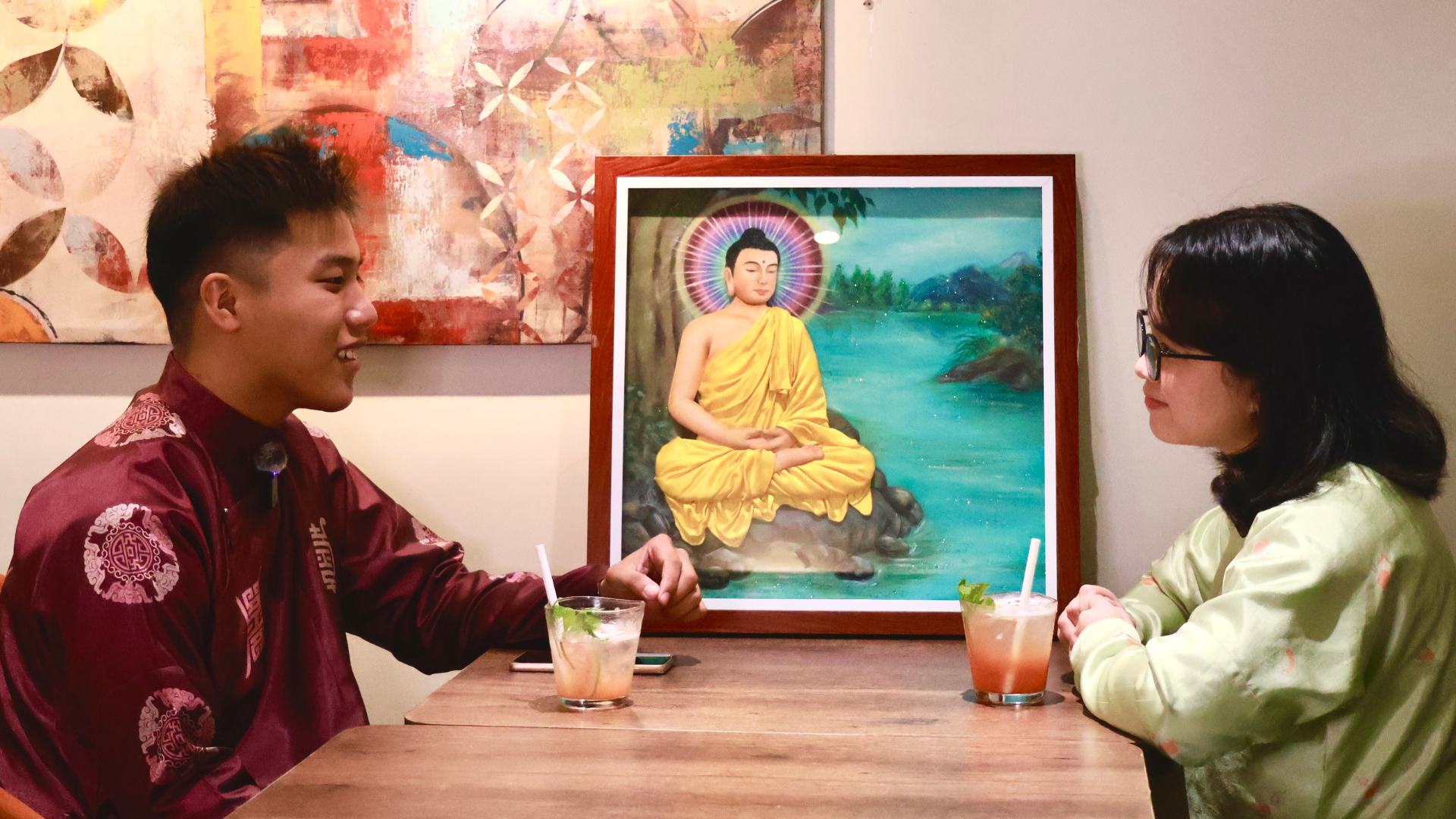In recent years, the media’s increasing influence in promoting and disseminating cultures has become evident, especially in introducing and popularizing Asian cultures in Western countries. From the Hallyu wave to the presence of Kung Fu in Western blockbusters, the media has played a pivotal role in bridging the gap between East and West.
1. Hallyu wave
Blackpink’s performance at Coachella (Image Source: Getty Images)
Hallyu, also known as the Korean Wave, refers to the worldwide dissemination of South Korean popular culture, including music, cinema, video games, and even cuisine. Through streaming platforms, the Hallyu wave has brought Korea’s rich and diverse culture into the mainstream, spreading the country’s unique fandom culture to the world and attracting a large number of lovers to its culture. The million-dollar world concert of Blackpink and BTS in the US and Europe is proof of this.
Netflix’s original series “Squid Game” (Image Source: Netflix)
Netflix’s growth also contributed to this spread, with the Korean original series “Squid Game” recording $900 million in revenue.
2. The Anime effect
Anime is no longer a niche genre but a cultural powerhouse for filmmakers, studios, and even brands and marketers.
Anime Expo in LA (Image Source: SPJA)
Back in the 1990s, “Pokémon” and “Dragon Ball Z” were the very first exposure of American audiences to Japanese animation. This quickly became a phenomenon capturing every type of media, from TV shows, manga, films, video games, and merchandise to the giant cosplay festivals held frequently in the U.S.
McDonald’s “WcDonald’s Experience” (Image Source: Distractify)
This remarkable effect has made it impossible for big commercial names to sit still. Recently, McDonald’s has launched its anime-inspired immersive dining experience “WcDonald’s Experience” for its new sauce in LA, using an Anime art style for its package and restaurant decoration. In 2024, Puma also teamed up with the popular anime series “One Piece” for its new line of shoes.
3. Kung Fu in cinema
Bruce Lee in “Enter the Dragon” (Image Source: Screen Slate)
Despite being widely featured in Hong Kong cinema since the 1940s, Kung Fu did not catch much attention from the Western market compared to Karate or Judo at that time. However, Bruce Lee’s growing fame inverted the trend. With dynamic and authentic fighting techniques, Lee’s performance in movies like “The Big Boss” (1971) and “Enter the Dragon” (1973) has ignited a global fascination with Kung Fu.
This martial art has become a fighting essence not only in Asian cinema but also in Western films. Jackie Chan continued Lee’s legacy with the high-grossing American series “Rush Hour”. Dreamworks has one of the most famous movies – “Kung Fu Panda” – dedicated to this martial art. Most recently, Marvel also began centralizing Kung Fu in its products, marked by their first Asian superhero Shang-Chi in the movie “Shang-Chi and the Legend of the Ten Rings” (2021).


